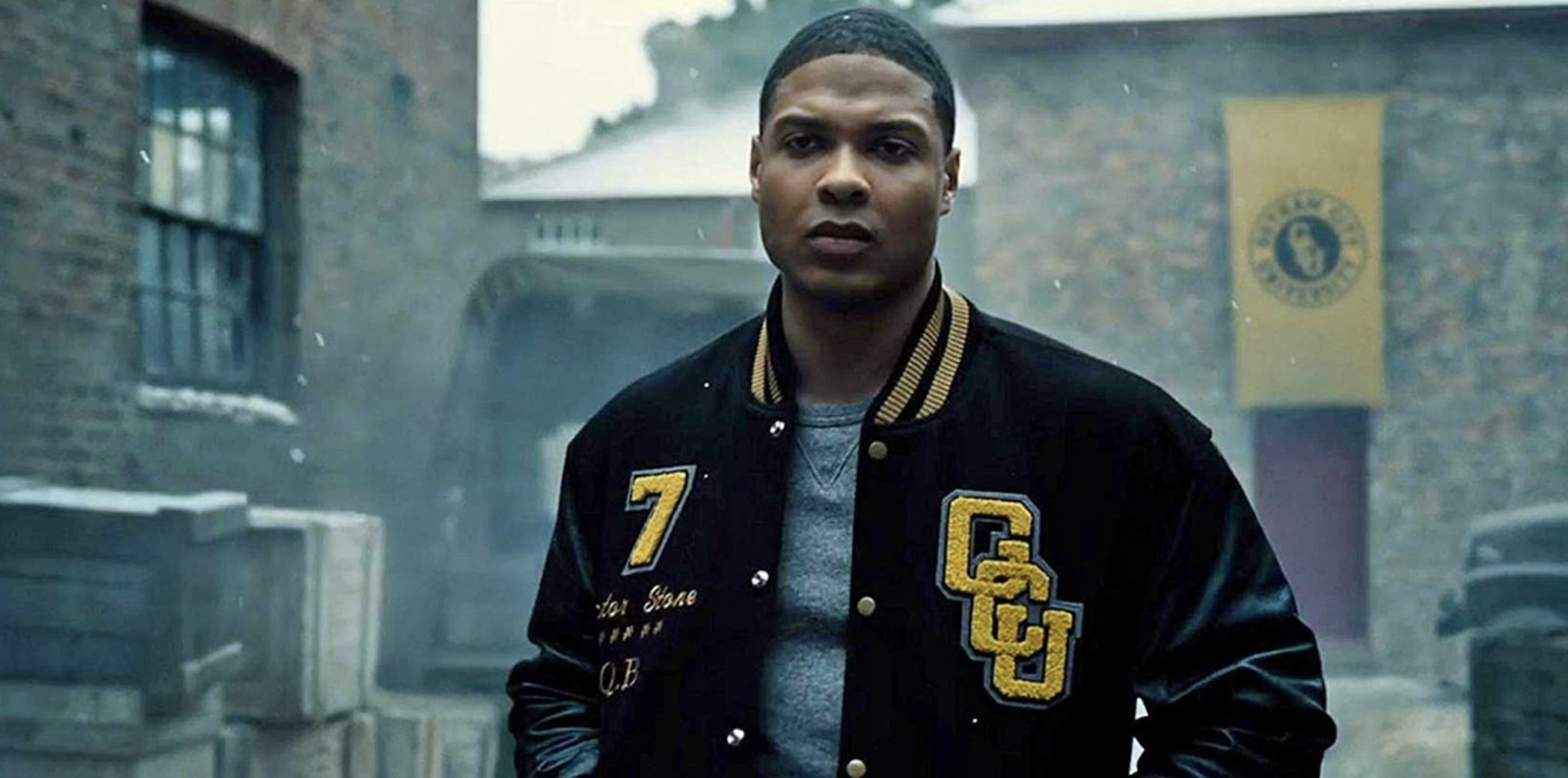To say I was dreading Zack Snyder’s Justice League is a gross understatement. After years of watching a toxic fandom grow on Twitter, hearing that a four-hour cut was set to premiere on HBO Max seemed over-the-top and self-indulgent. I reviewed the 2017 theatrical release of Justice League (JL17) and gave it a positive review, mostly as a result of my very low expectations. I was not a fan of #ReleasetheSnyderCut, but Zack Snyder’s Justice League (ZSJL) improves on almost every aspect of JL17. Does it need to be four hours? Hell no. However, just like with JL17, my bias going into this one was flipped on its head by the end of it.
The biggest difference between JL17 and ZSJL, and ultimately what makes ZSJL superior, is who the narrative decides to focus on. JL17 centered Superman (Henry Cavill) despite him being dead for most of the film. ZSJL is wholly Victor Stone/Cyborg’s (Ray Fisher) story. The stark differences are even more apparent when considering Ray Fisher called out Joss Whedon, who stepped in to finish JL17 after Snyder left for personal reasons, for problematic behavior on set. Fisher was my favorite part of JL17; even with limited screen time, there was a vulnerability in Fisher’s performance that felt like we were just scratching the surface of. Thankfully, his role is expanded here. Flashbacks give Victor even more depth, and Victor’s interaction with the Cyborg part of himself in ZSJL is some of the more engrossing bits of superhero storytelling there is.
Barry Allen/The Flash (Ezra Miller) also gets an expanded role this time around. In fact, the budding friendship between The Flash and Cyborg in ZSJL is one of the best parts of the film. While JL17 made it another Batman and Superman show, ZSJL belongs to Cyborg and The Flash. Here, Barry’s motivations for quickly joining the Justice League without a moment’s hesitation is understandable. While not going as deep into his backstory as Victor’s, enough is established to easily lead into The Flash film. There’s even a small moment with Iris West (Kiersey Clemons), a quick appearance in a scene that shows off Flash’s powers for the first time, and with more meaning than when we see it in JL17. Barry fell into the comedic sidekick role in JL17, but ZSJL sees a more grounded version of Barry.
For Diana/Wonder Woman (Gal Gadot), the differences are small but significant compared to JL17. In true Whedon fashion, some gross sexist jokes were incorporated into JL17—those are completely removed here. An added exchange in Wonder Woman’s hero entrance stopping a bank heist sees a young girl ask Diana if she can grow up to be here one day. Diana’s “you can be anything you want” reply could easily come across as patronzing but Gadot’s line reading makes it an inspiring moment.
Clocking in at four hours, while extreme, does allow for better context setting. For Cyborg and The Flash, the only two who don’t have solo films before this, there’s plenty of time to establish their story. Arthur Curry/Aquaman (Jason Momoa) is in a weird position—when JL17 came out, Aquaman had yet to release and suffered a lazy setup general audiences wouldn’t understand. A lot of his scenes in ZSJL get recontextualized and offer something a bit more nuanced.
Steppenwolf (Ciaran Hinds) gets a face lift. Added scenes fill out his story and the larger alien threat the world faces. However, the threat still revolves around a Macguffin plot line in which people are chasing after magical boxes. One of JL17’s issues was leaving their significance a mystery half-way through the chase for them. ZSJL does little to rectify this, but does eventually give a better explanation (probably because they have four hours to do so).
Breaking the four hour runtime into six chapters helps with pacing, but there’s definitely a solid three hour cut somewhere in here. The “epilogue” feels especially fan-servicey and like it could have been left out.
Ultimately, Zack Snyder’s Justice League is worth it for the expanded Cyborg and Flash stories. If this version (or a version of this that kept Snyder’s original vision) had released in 2017, I would be stoked for the future of the DCEU. However, the ramifications of the Joss Whedon mess and the issues at Warner Brothers leaves me with one question: where does it go from here? Ray Fisher has been fired from The Flash, and presumably won’t be asked back unless some major shake ups at Warner Brothers occur. I wouldn’t blame him for not wanting to return either. Cyborg was the heart of ZSJL. I see no future of the DCEU without him.
Advertisement
That being said, what I would like to see is this kind of opportunity being offered to female directors, particularly women of color directors. I’m glad the actors and Snyder got their version of the story told. But let’s not forget a large part of how it happened was from the support of a very toxic fandom that consistently abused people on the internet for years.
Advertisement
